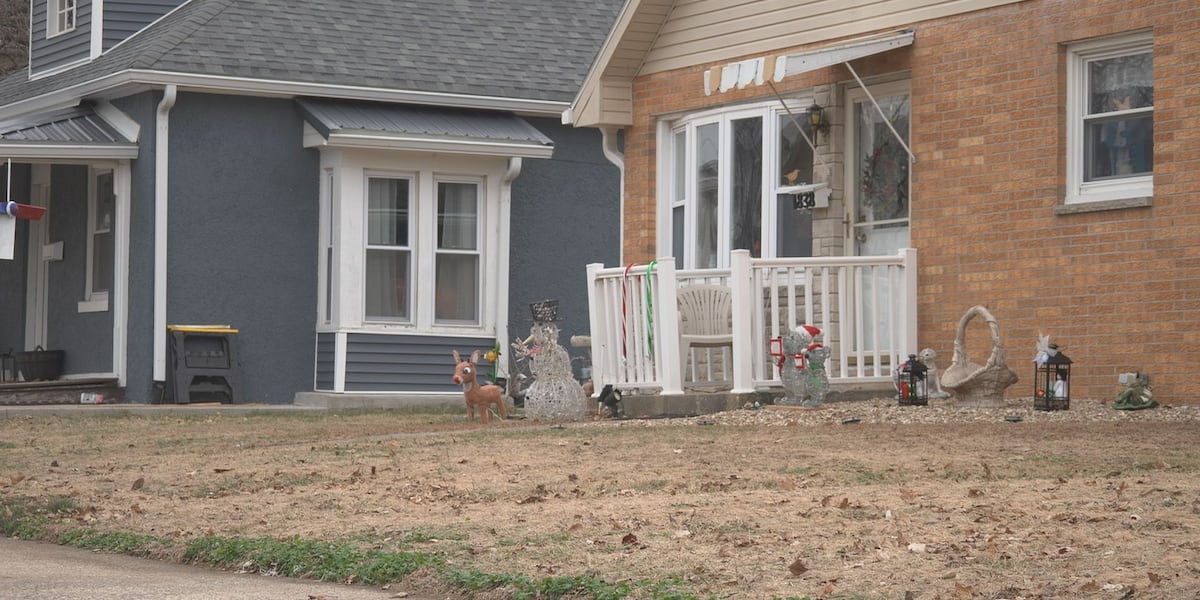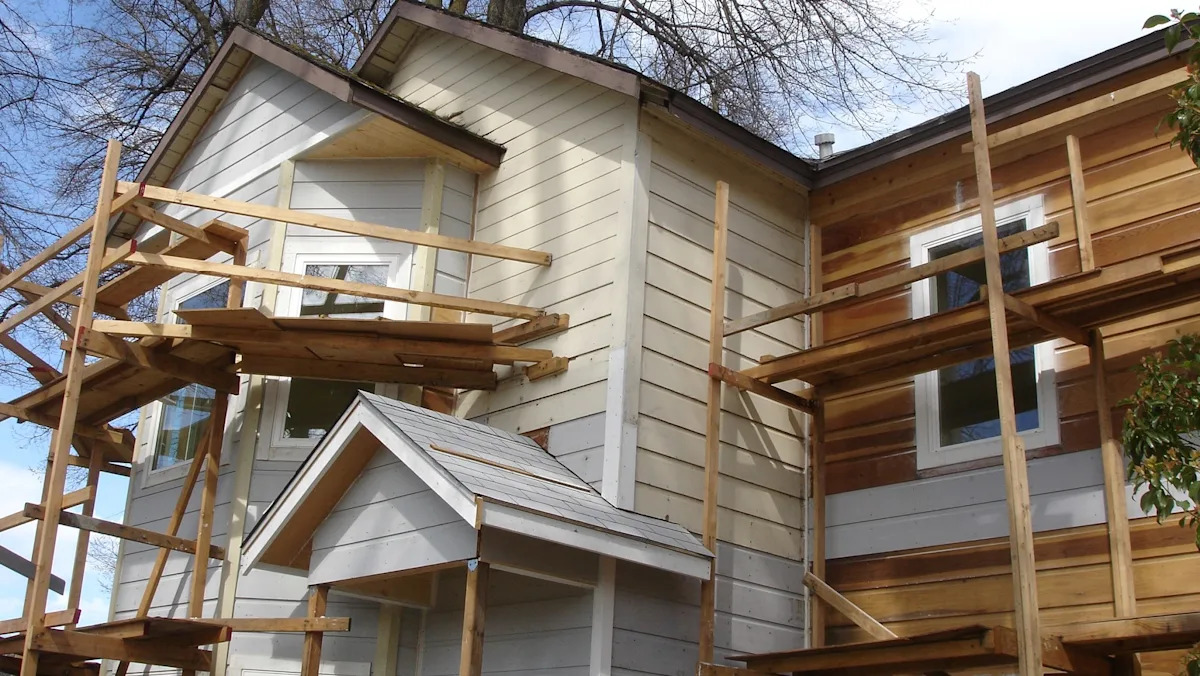B
enzinga and Yahoo Finance LLC may earn a commission or revenue on some items through the links below. In the past, ordinary families would often buy a small property, fix it up, and rent it out for extra income and retirement security. This strategy allowed them to turn an ugly duckling into a beautiful swan with minimal investment.
The 2008 real estate crash changed the market as institutional investors bought foreclosed homes at discounted prices, seeking long-term profits. As home values rose and interest rates increased, affordability became challenging for Gen Z and millennials. Many in these generations viewed homeownership as restrictive due to flexibility in remote work, leading them to prioritize rentals over traditional ownership.
Crowdfunding websites taught this generation that financial goals could be achieved through community-driven investments. Enter fractional real estate ownership with platforms like Arrived Homes, backed by Amazon founder Jeff Bezos. With a minimum investment of $100, anyone can invest in a large portfolio of single-family rental homes that pay monthly dividends and appreciate in value over time.
Arrived Homes takes care of property management, allowing investors to avoid traditional landlord responsibilities. The Arrived Single Family Residential Fund is a public REIT with tax treatment similar to other traditional REITs, distributing at least 90% of its taxable income annually. This investment model appeals to younger generations, with Arrived Homes receiving over $206 million from more than 685,000 investors.
Arrived seeks out properties with high potential for appreciation and rental growth in 61 US markets, diversifying its portfolio across the southeast and southwest areas. Investors can participate in a diversified geographic strategy, rather than being limited to local areas as in traditional real estate investing.














